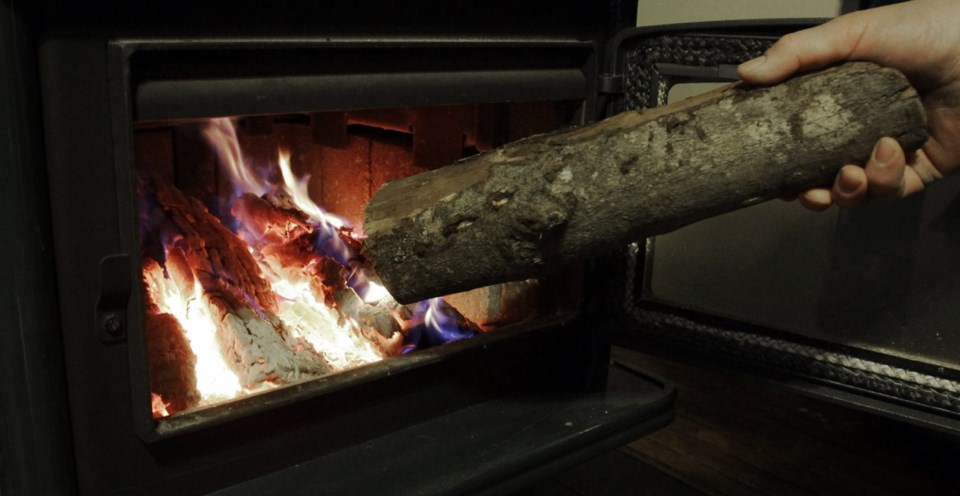Crackling fires have long been a gathering place where idyllic chestnuts are roasted, stories shared and souls warmed, whether around a hearth or at a campsite. Some folks cut their own wood and let it season, but most buy their wood without much thought about where it came from.
As it happens, where our firewood comes from matters a lot.
The recommends getting firewood within 10 (and never more than 50) miles of its destination. Transporting it longer distances — from your home to a campsite or from a farm to your home, for instance — significantly increases the chances of introducing invasive pests into the local ecosystem. And those pests can inflict devastating damage on local forests.
In my suburban New York region, for instance, pests like the Asian long-horned beetle, , and the oak wilt fungal disease are major concerns. Moving untreated firewood from my town to yours could make our problem your problem.
To help prevent this, against moving untreated wood more than 50 miles from where it was cut or across state lines, unless the package bears a state or federal stamp or seal certifying that it’s been heat-treated to kill pests.
Even seasoned wood can harbor pests, which often hide in layers beneath the bark, where they’re hard to spot. While these pests can’t travel far on their own, giving them a lift on firewood can enable them to start a new infestation in a faraway place.
This isn’t speculation. Past invaders have already decimated native species like the , hemlock and .
What’s more, buying local firewood can help protect your garden, too — and your wallet. Infested or diseased trees can have a negative effect on property values. They’re also costly to remove. Plus, no one wants to see the landscape they’ve worked so hard to create fall victim to hitchhiking pests.
The , an outreach partnership managed by The Nature Conservancy, aims to protect North American trees and forests from invasive insects and diseases that can travel with firewood. You can do your part simply by making informed choices.
Tips from the Don’t Move Firewood campaign to help keep trees safe:
— Get firewood close to home. The best rule of thumb is to buy it within the same county, or no more than 50 miles from where you’ll be burning it. Consult the campaign’s for your state’s regulations.
— Don’t be fooled by “clean” firewood. Just because it looks healthy doesn’t mean it’s pest-free. Tiny eggs or fungal spores may be hidden within the wood, ready to start a deadly infestation when they’re transported to a new location. Don’t bring your backyard firewood with you, even if it looks OK.
— Aged or seasoned wood isn’t safe. Even if it’s been sitting around for a while, moving it is still risky.
— If you’ve moved firewood, burn it soon. If you’ve already transported firewood, dispose of it safely by burning it completely and thoroughly. Clean up the area afterward, then burn the debris. Going forward, purchase only from local suppliers.
— Spread the word. Tell your friends about the risks of moving firewood — no one wants to be the one who unknowingly spreads invasive pests.
Finally, before building any outdoor fires, be sure to check for local restrictions.
___
Jessica Damiano writes weekly gardening columns for the AP and publishes the award-winning Weekly Dirt Newsletter. You can sign up for weekly gardening tips and advice.
For her favorite tools and gear of the past year, see
___
For more AP gardening stories, go to .
Jessica Damiano, The Associated Press



